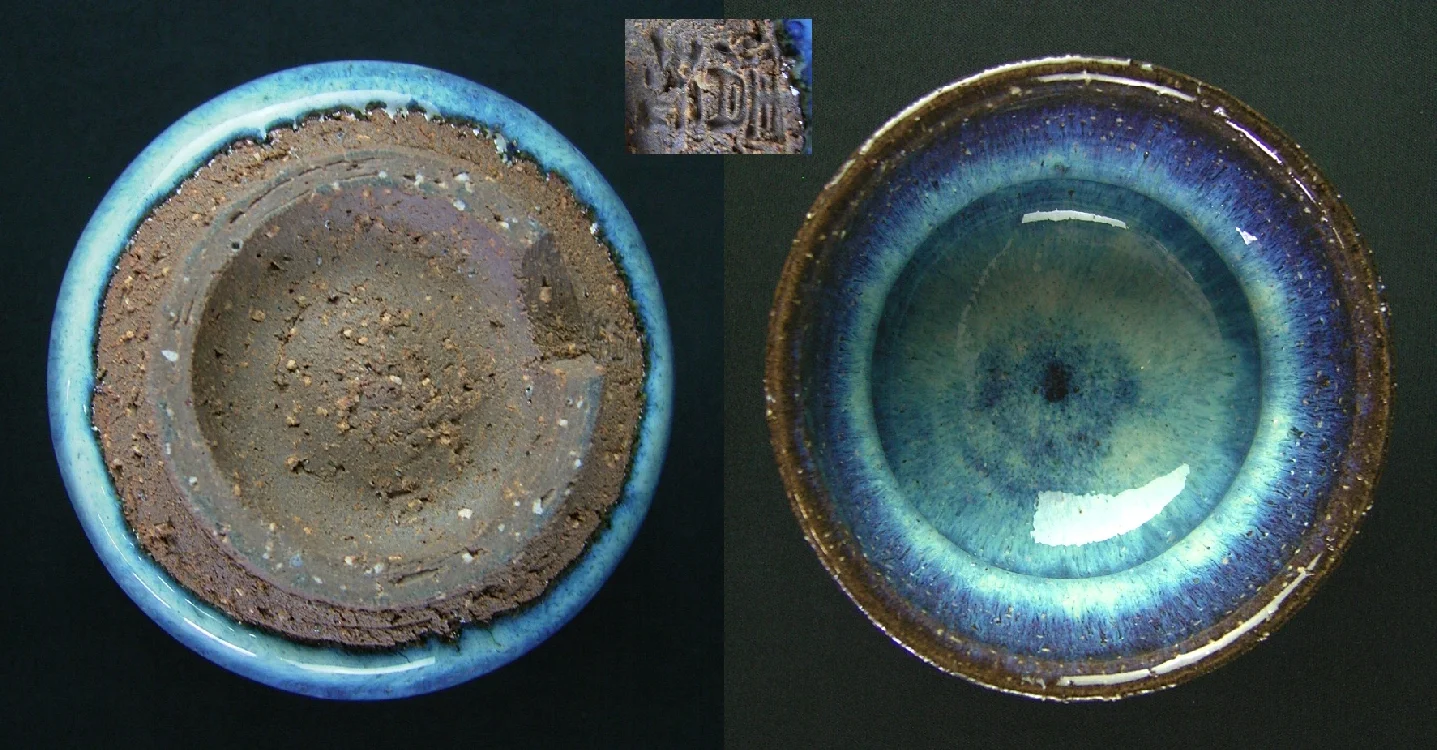Spare ribs and Sapporo beer
Some of my outdoor cooking gear is a bit too specific, like my Snow Peak cast iron Micro Capsule, about 28 centimeters in length and almost 9 centimeters in width and height. It’s an odd shape for most kitchens.
But since Snow Peak is Japanese I was quite sure I’d find a suitable recipe on a Japanese outdoor cooking account.
Ingredients:
250g of spare ribs ・Sapporo beer 200ml ・2 tablespoons soy sauce ・Marmalade 3 tablespoons ・Garlic tube approximately 5cm ・Ginger tube approximately 5cm.
Now I don’t carry tubes of garlic or ginger, so I’ll just make Indian ginger-garlic paste with a mortar and pestle. Of course it doesn’t need to be Sapporo beer. The marmalade used in the video could have been orange marmalade.
Directions:
Grill the spare ribs. Then add all the ingredients and simmer for 20 minutes.





































